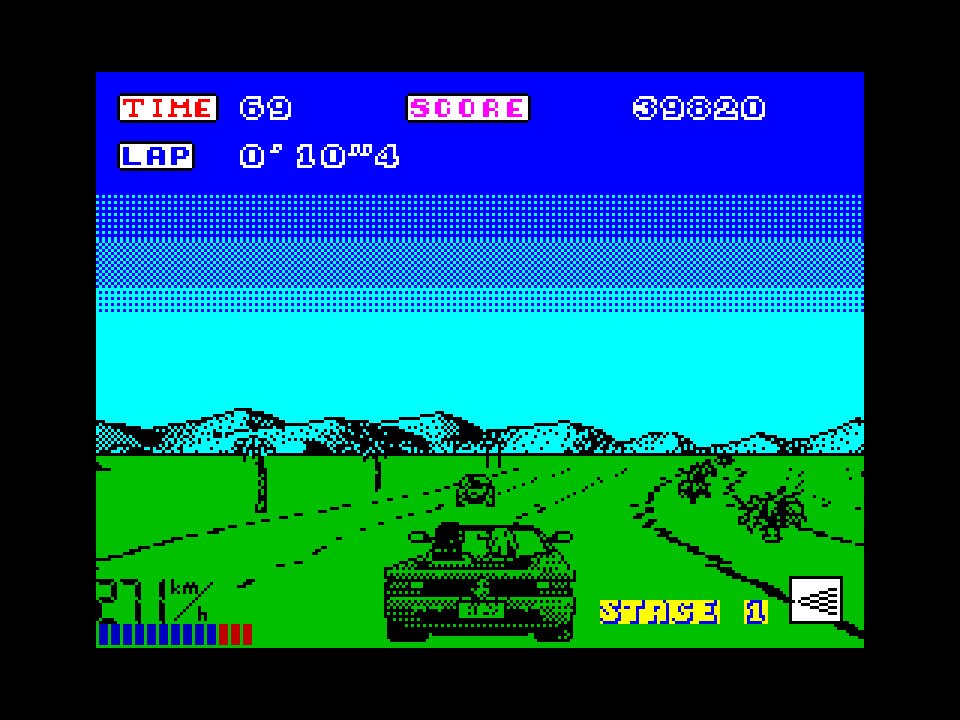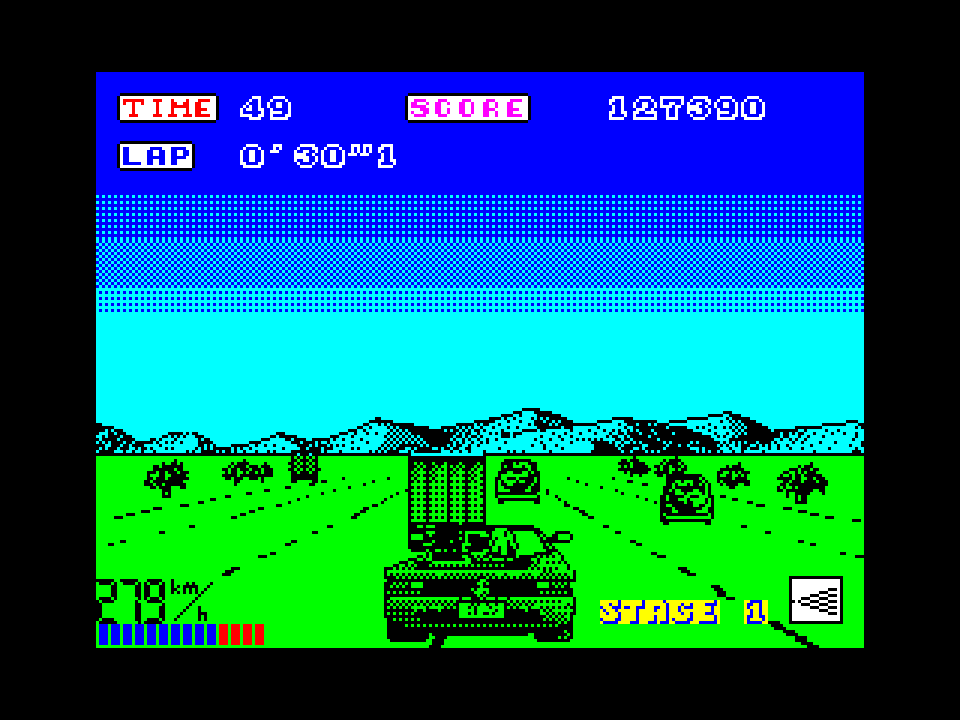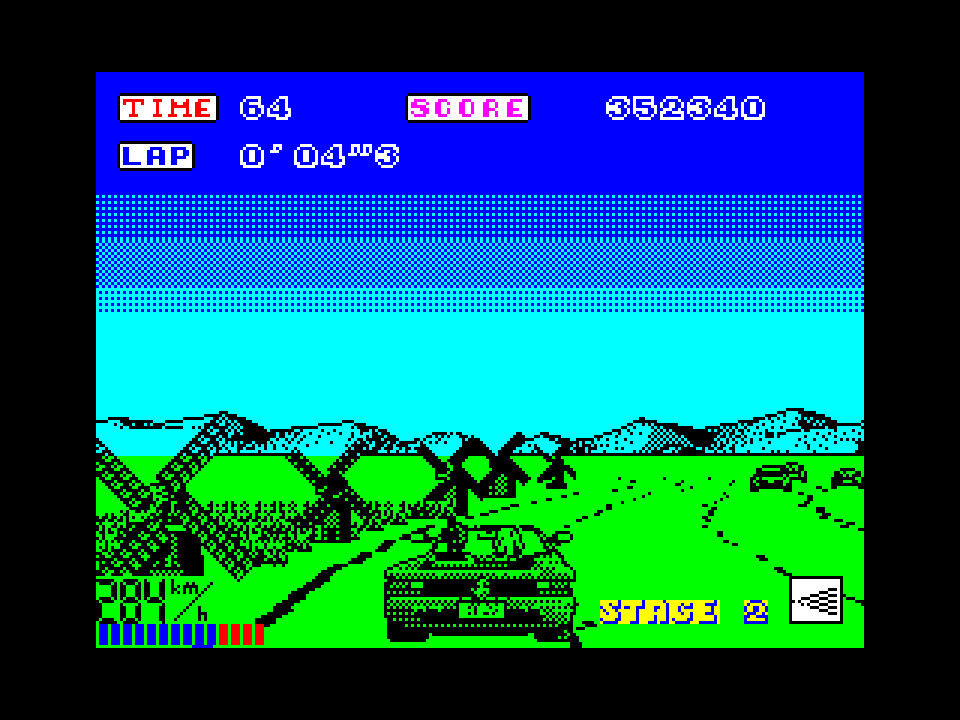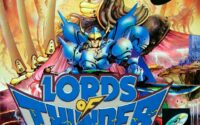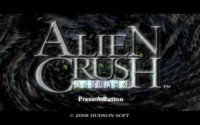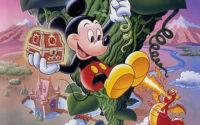OutRun Review
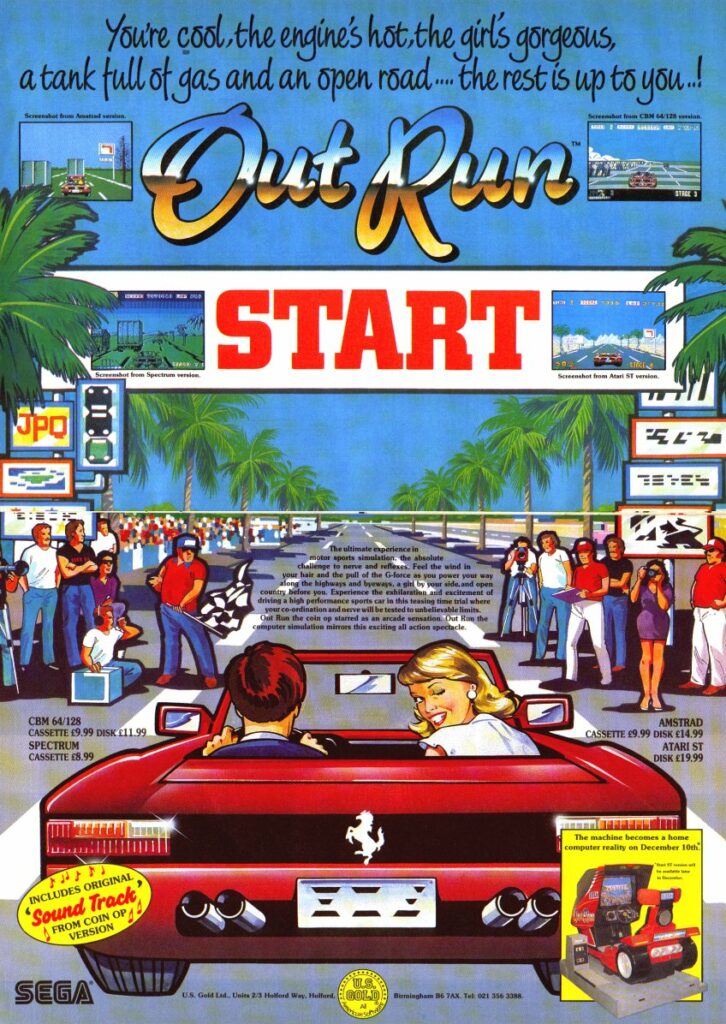
SEGA’s racing game compressed and compromised like there was no tomorrow (Or future!) after the 1986 Christmas holidays… But were there any traces of redeemable factors in the ZX Spectrum port of this classic masterpiece of a Coin-Op?
STORY
OutRun is one of my all time favorite arcade games – Across all categories. It’s perfect. So whenever there is something OutRun-related close by, I can’t stop looking at it… No matter how badly it hurts.
Imagine the cold sweat that must have broken out, no, erupted on various foreheads and napes of the necks when someone (possibly) said: “Christmas is just around the corner. That means big $ales and bigger buck$…! So we need more games that sell like hot cakes as soon as the titles are mentioned… And this time, you need to port SEGA’s OutRun for the home computers…!”
But then, the panic anxiety attack hits hard when this someone adds: “And you guys have to do it for the ZX Spectrum.”
So what the hell do you do in a situation like that? Keep a cool head – If possible. Sure. Then, you can make it fluid and playable (Like Chase HQ on the Speccy.), but strip away so many details and features that it doesn’t look or play like OutRun anymore? Or: Try to imitate the Coin-Op’s iconic look as closely as possible, include as many features as possible (Although this list of what’s “possible” starts to shrink in an alarmingly quick manner at this point.), but sacrifice some vaguely important stuff like “controls” and “speed”?
The no doubt warmed-up quartet that was assigned to convert this particular game went for the latter option. (I mean, what else could they do with so many crazy odds against then? Really?) And the result was… Quite a fascinating one. Not like a car crash… Although some could say it was “laughable” and “pathetic”. But some of those laughs might get stuck in the throat when thinking about the circumstances given here.
Other versions of OutRun, like the Commodore 64 ran quite nicely, but were significantly less OutRun than the Spectrum one. It’s a cruel world. A world where you had to settle for a port that, without exceptions, should have been as good as it could have been on its respective machine. OutRun is quite a different story, though. I guess that audio cassette with music from the Coin-Op was a slight consolation when the disappointments kicked in worldwide.
THE GAME
Yu Suzuki’s ground-breaking racing game doesn’t need any introduction of any kind. If you have ever visited a good arcade hall, you have seen one or two OutRun cabinets. And you have most likely heard about the game if you have been living on planet Earth after 1986. The manual says: “The ultimate experience in motor sports simulations, the absolute challenge to nerves and reflexes.”
In 1986, it sure as hell felt like it… The romanticized idea of open highway racing…
“Feel the wind in your hair and the pull of the G-force as you power your way along the highways and byways, a girl by your side and open country before you.”
And then we get to the fascinating part, or, the fantastic part if you will: “The computer game reproduces as faithfully as possible all of the exciting elements of the OUT RUN arcade machine. If it was more realistic you would need a driving licence to play.”
Okay, so this is what we call “truths with certain modifications”. Because even the ZX Spectrum-version does have a couple of these elements reproduced. According to the manual (once again), the game took nine months to develop for the various platforms.
CONTENT
So what survived this extremely violent transformation from a dual 12.5 MHz 68000 CPU-machine with Yamaha-powered sound and over 12.000 on-screen colors to the ZX? Well… It looks like a monochromatic OutRun. And it actually has the forks in the road…! (The ability to choose your route.) When you turn either left or right at the end of one stage, the game loads the next stage from either cassette or disc. (That’s five stages from fifteen in total – Just like in the arcade original.)
The pretty unattractive title screen (Although the loading screen is lovely!) has a “Traffic” option where you choose between difficulty levels: Easy, Normal, Hard, or Very Hard. (“Very Hard” means that the game soon virtually turns unplayable due to too many on-screen vehicles that have to be rendered at once.)
CONTROLS
A couple of options for the controls are available: Keyboard, Kempston, ZX Interface 2, and the cursor keys. Keys: “Q” accelerates, “A” brakes, “M” changes gear, and “O” and “P” turns left and right respectively.
And this is where we get to the more game-breaking “anti-features” of the game. The response of the controls varies depending on how much “action” there is on screen. And “action” should be within quotation marks here. Because the game basically ceases to respond when you’re racing at 290 kph on a very busy road. You don’t need driving skills – You need luck during many moments.
GRAPHICS
The most fair comparison would obviously be “another” 8-bit version, which in this case is the C64 one. The latter had the speed and playability of a quite an ordinary “3D”-racer, but that was also it. The surroundings didn’t look anything like they do in the original. On the Speccy, the car actually looks bloody good and detailed. And it looks much better than it does on the atrocious Amiga-version. And it’s slightly animated. The Testarossa spins when you hit something, but that moment where the Ferrari turns airborne and subsequently always loses against gravity is missing.
That’s not very far, but so far so good. The car looks nice.
The immediate and biggest (Very big, in fact.) problem is the frame-rate, or the lack thereof. With the game barely reaching 4-5 fps when no other cars are in sight, you never get the illusion of speed. Even at 250 kph, houses and palm trees slide past like you were going at 80 max… Imagine now when the ol’ Speccy’s CPU has to handle a bunch of cars swerving left and right, including scrolling scenery. (If you can even call it scrolling at that point.) It’s beyond painful, which means that you’re looking at a couple of PowerPoint-slides of “Speccy OutRun” before you crash. (In game, that is.)
The levels do vary quite a bit with different stuff on the sides of the road. There’s even that stone tunnel. (Except it appears on Stage 3 instead of 2… And when you drive through it, the CPU almost commits suicide.) And there’s a whole bunch of different cars. (Not just lorries and Volkswagen-Beetles.)
SOUND
If you play the game on a 128K machine / emulator, you get cute and / or charming renditions (Depending on your preferences.) of Hiroshi Kawaguchi’s timeless hits “Magical Sound Shower” and “Splash Wave”. The game switches between them every time you reach a new stage. (That screaming from the tires might drive you mad soon, though.) “Passing Breeze” and “The Last Wave” are missing in other words, but there is the sound of a splashing wave on the Hi-score / Game Over screen.
The 48K version has no in-game music, a very, very crude “Magical Sound Shower” (That even has problems with the lead melody.) on the title screen, and next to zero sound effects. (Unless you count that barely audible “murmur” that is supposed to be the 390 bhp engine.)
SUMMARY
OutRun on the ZX Spectrum is like that wrecked Testarossa. It might still look a bit good even with most of its engine missing, but in the end, it only reminds of what it once was. If you desperately need a version of OutRun that plays better than the Amiga-version and in some ways looks better than the C64-version… Okay, so it must be solely due to unhinged nostalgia…? What the hell else is there?
The microcosm that oddly fits inside this conversion only helps everybody remember the state of Coin-Op ports on the 8-bit machines, and that some people bought them no matter how they turned out… But here is the funny part: OutRun wasn’t even close to being the worst example. Neither was it among the best.
Developed by: Probe Software
Published by: U.S. Gold
Version Reviewed: ZX Spectrum 48K/128K (+3 Disk)
Genre: Racing
Players: 1
Alternate Title: Out Run
Also Available On: Commodore 64, Commodore Amiga, Arcade, SEGA Master System, SEGA Mega Drive, MSX, Amstrad CPC, etc.
Released: 1987

